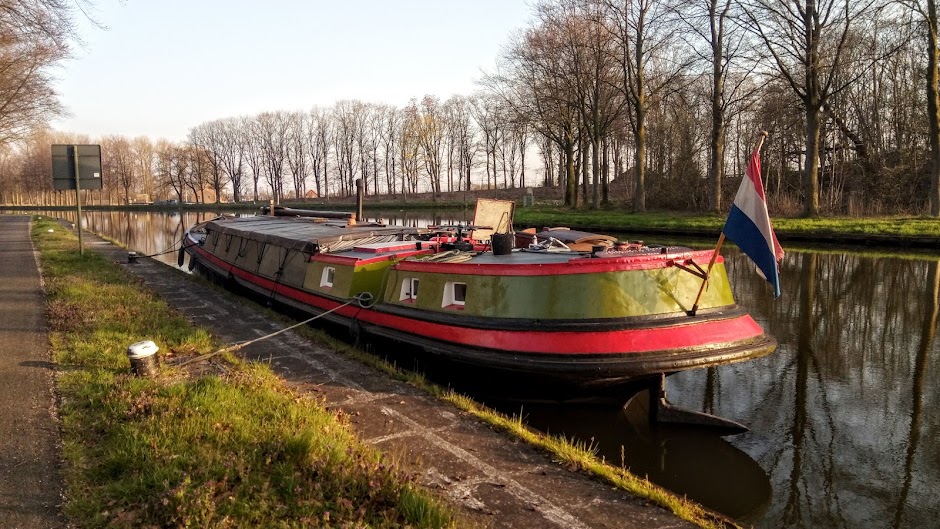I'm a bit late this week, mainly because I've been immersed in cooking up a game for students to play on an app as a study support. It's been challenging to say the least. I've got to produce 600 questions with multiple choice options. Well, needless to say I've been thinking hard about what linguistic conundrums will be the most useful in supporting the gamers in their learning.
Putting that aside for a moment, though, I mentioned last week that I wanted to show you some of the balconies and doors of Olhão. Looking up is often where the greatest delights can be found. Portuguese cities don't abound with gardens, not the way they do in South Africa, the other sunny country of my acquaintance. Even in the inner city suburbs of Johannesburg, there are gorgeous gardens, but in Olhão, the visitor must look up for the feasts. Many houses have no yards and only balconies and rooftops to play with, so it's worth turning your face to the sky, not only for the healing power of the winter sun, but also to see what's up there. Here are a few balconies I snapped on our rounds of Olhão. I love them, as well as the charming rooftops.
I was fascinated by the rooftop gardens as well, especially as these are often where dogs spend their days. These two photos are some of my favourites from Olhão
And then there were other signs of life on the rooftops: washing, plants pots, and the stuff of daily life.
 |
| Rooftop life in Olhão |
 |
| Thanks to Koos for this photo taken in Faro |
My other passion is doors. I've taken photos of wonderful doors in Spain, Italy and France, so now was my chance to take the Portuguese versions into my frame. I loved the variety, but sadly too many traditional homes have converted to what look like aluminium framed, mass produced models that are probably maintenance free, safe and inexpensive, but not a patch on the traditional versions, Here are just a few snaps that I took of doors that I quite liked: some beautiful, some plain and some seriously in need of TLC.
And before I forget, this beautiful sailing ship was in the lagoon when we took our last boat trip to Culatra and Farol the day before we left. A friend of ours, Colin Price, looked her up and told me she was built in the same yard in the Netherlands as my Vereeniging. Isn't that amazing?
One final and interesting titbit from our travels is that when we were in Estoi (see previous post), we met a man by the name of Stephen Powell at the bus stop while we were waiting to return to Faro. We got chatting to him and it turned out he was a travel writer who used to be a journalist and editor for Reuters. He mentioned that he'd written a book called The First Toast is to Peace about his travels in the southern Caucasus, which of course I bought as soon as I was home. I can confirm it's a fascinating and hugely enjoyable book, so here's the link if anyone else is interested.
So that's it for this week allemaal. Enjoy the last days of January and let's hope we see the benefit of the lighter days soon.










































